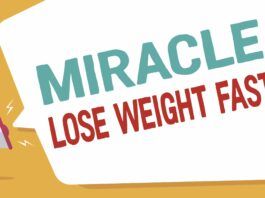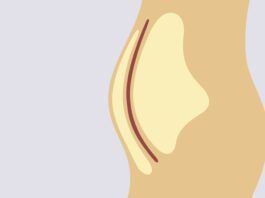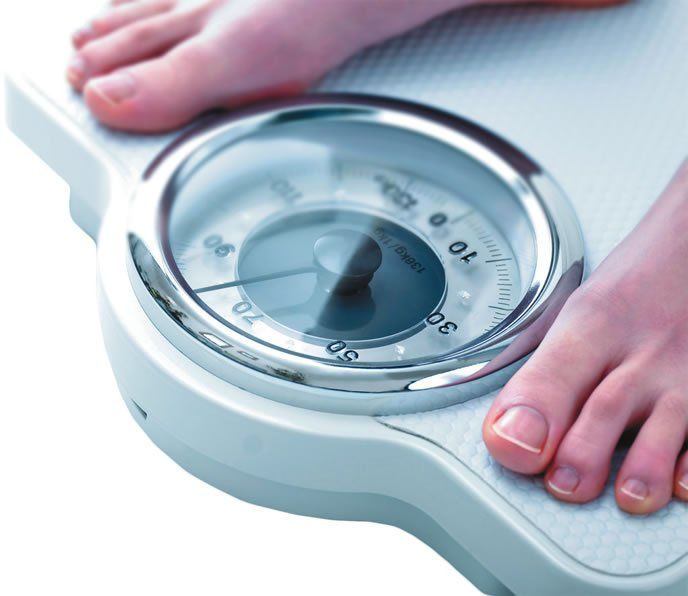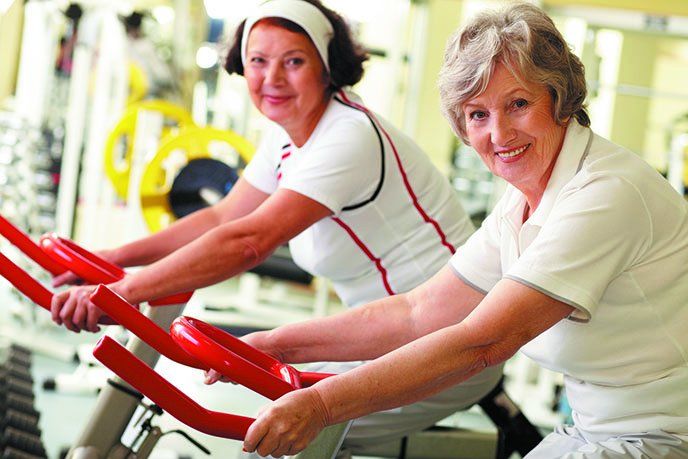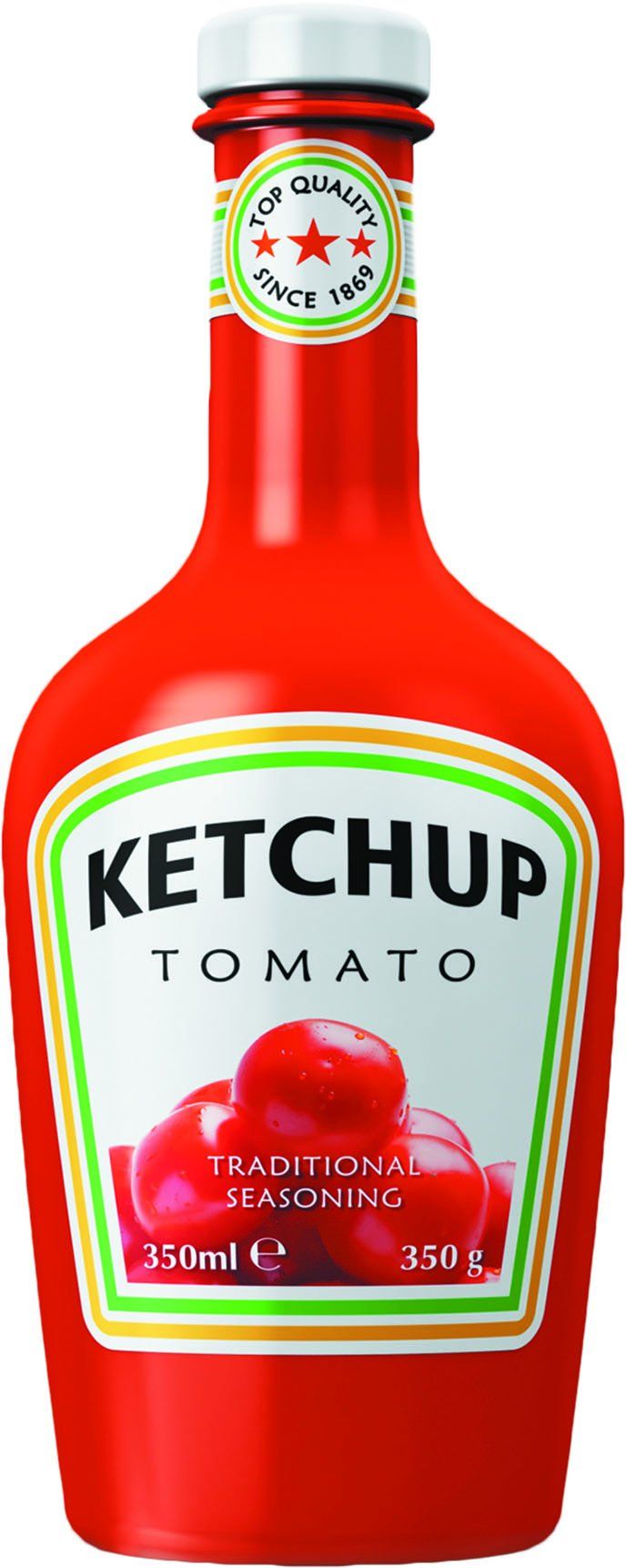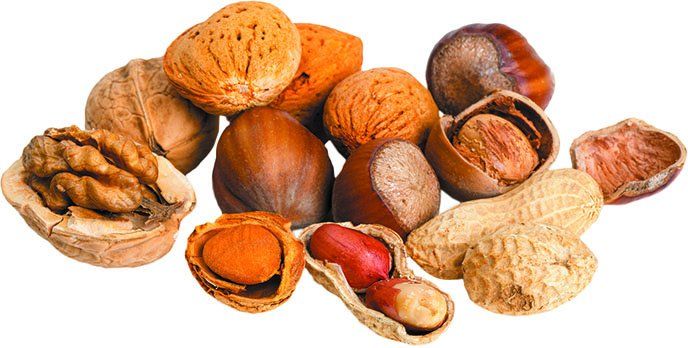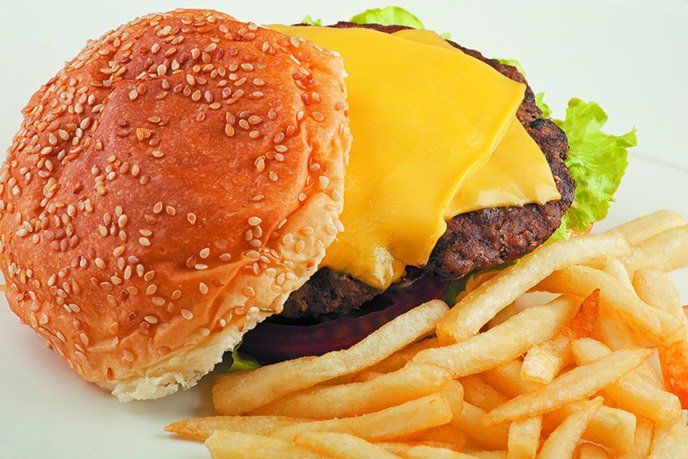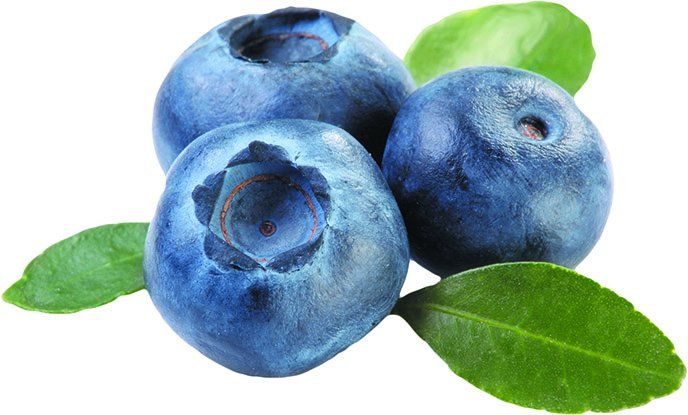Smart Choices Key to Keeping Pounds Off as You Age
Popular coverage of diet and weight-loss strategies often summarizes the bottom line with a twist on President Bill Clintons campaign mantra, Its the economy, stupid. When it comes to managing your weight, as this line of thinking goes, Its the calories, stupid.But a new study published in the American Journal of Clinical Nutrition challenges this conventional wisdom. It builds on earlier work that suggests all calories are not the same, says Dariush Mozaffarian, MD, DrPH, dean of Tufts Friedman School and senior author of the study. All foods have complex mechanisms that help or hinder weight long-term. The simple math of calories in versus calories burned is true if youre testing food in a test tube. But human beings are not just inert buckets to put calories in.
How Much Exercise Is Enough?
Nobody questions the health benefits of even just a little exercise, but you may wonder about what might be called the Goldilocks question: How much physical activity is just right? And is it possible to get too much or to overdo the intensity? Two large new studies, both published in JAMA Internal Medicine, attempt to answer such questions and identify the sweet spot of the ideal amount of exercise.
Wearable Device Calorie Counts Miss the Mark
How accurate are the calorie counts for various activities measured by wearable devices such as the popular Fitbit? Recent research in the Journal of Physical Activity & Health reported that such gizmos can over- or underestimate the energy expenditure of specific tasks by hundreds of calories. The study compared the results from a classic Fitbit, which was worn on an elastic band around the waist, to the numbers from a standard laboratory calorie-expenditure system (Oxycon).For a jogging test, the calories burned according to the Fitbit were 18 short of those counted by the Oxycon system. On a test of one hour of cycling, the Fitbit underestimated calorie expenditure by 177. Conversely, the Fitbit overestimated the calories used in carrying groceries. The algorithm used in calculating calorie usage could be responsible for the difference, scientists said, along with variations in the placement of the Fitbit, which nonetheless can be useful for counting steps.
Cooking Shows: Recipe for Weight Gain?
Emeril Lagasse and Bobby Flay may not know best, at least when it comes to your waistline. If you try to emulate your favorite celebrity chefs, according to findings in the journal Appetite, those cooking shows may be making you fat. Cornell University researchers reported that women who get their recipes from TV cooking programs and cooked from scratch weighed an average 11 pounds more than those who watched but didnt follow up in the kitchen. (Most studies show people who cook from scratch are less likely to be overweight.) Cooking recipes from TV shows was also associated with a higher BMI, 27.48 versus 25.66, among the studys 501 women, ages 20-35. Cooking from scratch with recipes sourced from print or online, however, was not associated with greater weight or BMI.
7 Surprising Sources of Added Sugar
Sugar is in the crosshairs of the nations nutrition experts, with the Dietary Guidelines Advisory Committee (DGAC) for the first time recommending limiting added sugars to no more than 10% of daily calories. (See the May newsletter for the complete story.) The US Food and Drug Administration, meanwhile, has proposed a separate listing for added sugars in its updated Nutrition Facts panel.Unquestionably, there is no benefit from high intakes of added sugar, says Tufts professor Alice H. Lichtenstein, DSc, who served as vice-chair of the DGAC, and for most people there are adverse effects.
New Evidence Your Heart Loves Nuts
If you grew up thinking of nuts as a not-very-good-for-you indulgence, theres a growing pile of evidence that should change your mind about these healthy foods. For a long time, consumers thought that coffee raises blood pressure, eggs cause heart disease, chocolate is an unhealthy treat, and nuts make you fat, says Jeffrey Blumberg, PhD, director of Tufts HNRCA Antioxidants Research Laboratory. However, such conclusions were often based on very little science and several mistaken assumptions. The latest news in nuts rehabilitation comes from two studies spotlighting the heart-health benefits of almonds and peanuts.
Extra Pounds But Not Enough Nutrients
Overweight and obese Americans are more likely to fall short on important vitamins and minerals, according to a new analysis of data from national nutrition surveys. The findings, published in the Journal of the American College of Nutrition, support the theory that the diets packing on pounds nonetheless dont supply adequate nutrients. Normal-weight individuals had the highest intake of most of the nutrients studied, with overweight people next and those classified as obese at the low end. Obese adults intakes of vitamins A, C, D and E, dietary fiber, calcium, magnesium and potassium ranged from 5% to 12% lower than those of normal-weight adults.
Fast Food: Why It Pays to Compare
Making healthy choices at fast-food restaurants remains a challenge, according to new Tufts research, but-contrary to some perceptions-it has not gotten worse. Levels of dangerous trans fats in fries have actually improved, while portion sizes, calories, sodium and saturated fat changed little between 1996 and 2013.
Blueberries Good for Your Blood Pressure and Brain
With the domestic blueberry season about to begin, theres no better time to celebrate the bountiful health benefits of Americans second-favorite berry (after strawberries). New research has linked blueberry consumption to better blood pressure, and Tufts scientists continue to explore how blueberries protect the brain. More than three-dozen current clinical trials are testing blueberries possible benefits for vision, gout protection, arterial function, blood sugar and more.
Take Charge!
Engaging in enough daily physical activity to burn about 100 calories can be the difference between a high-risk sedentary lifestyle and being moderately inactive. Of course, youll want to aim for a greater level of activity over time, but just getting going can pay big dividends. Here are examples of activities that burn about 100 calories, depending on your weight, in about 20 minutes:

























